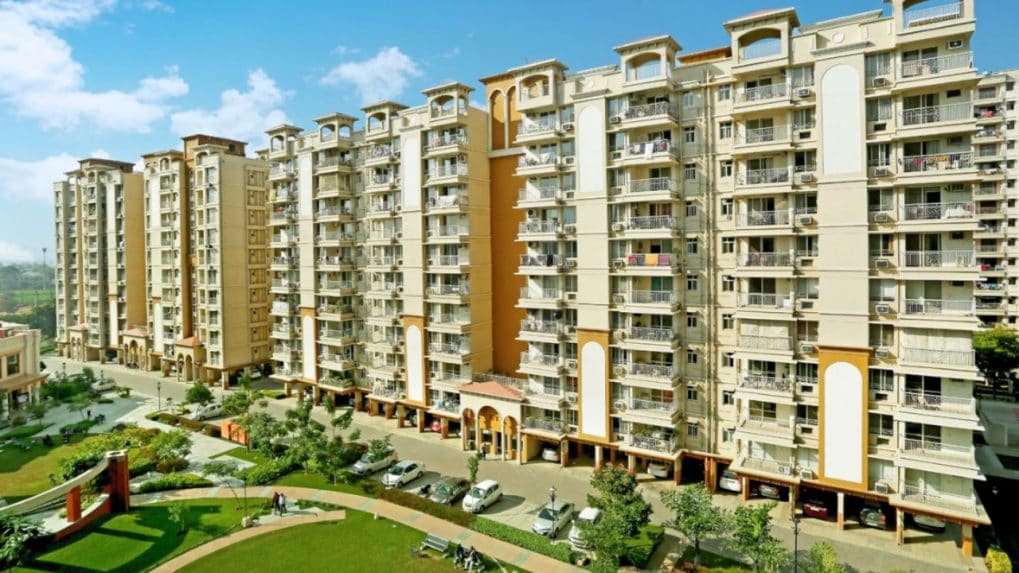Housing sales dip 9% across top-7 cities in Q3 2025, but sales value jumps 14%: Anarock
Mumbai Metropolitan Region (MMR) saw the highest sales of 30,260 units (approximately), followed by Pune with 16,620 units; together, these cities accounted for 48% of total sales in Q3 2025.
ADVERTISEMENT
Housing sales witnessed 9% dropped year-on-year in India's top-7 cities (MMR, Pune, Bengaluru, Delhi-NCR, Hyderabad, Chennai and Kolkata) during the third quarter in 2025. According to a report by property consultant Anarock, approximately 97,080 units were sold across the top 7 cities in Q3 2025, as against 1.07-plus lakh units in Q3 2024.
However, despite lower overall sales volume, total sales value in the period up by a significant 14% - from approximately Rs 1.33 lakh crore in Q3 2024 to Rs 1.52 lakh crore in Q3 2025.
Mumbai Metropolitan Region (MMR) saw the highest sales of 30,260 units (approximately), followed by Pune with 16,620 units; together, these cities accounted for 48% of total sales in Q3 2025.
Average residential prices in the top 7 cities saw single-digit 9% growth in Q3 2025 against Q3 2024: NCR saw the highest 24% annual growth; Bengaluru with a 10% rise, and the remaining top cities see single-digit growth.
In terms of budget segments, the 1.5 crore-plus luxury housing category witnessed the highest new supply of 38%, followed by the premium (Rs 80 lakh – Rs 1.5 crore) segment with a 24% share. The mid-segment (Rs 40–80 lakh) contributed a 23% share of the total new supply in the quarter, while the affordable segment's share was the lowest at 16%. Average residential prices in these cities collectively saw single-digit growth of 9% in Q3 2025 against Q3 2024. At 24%, NCR recorded the highest annual growth, followed by Bengaluru with a 10% increase.
"Despite the monsoons and the perceived inauspicious ‘shraad’ period, housing sales in Q3 rose 1% quarterly. Overall, the housing market is so far reasonably steady in 2025, with expectations for a festive boost ahead for which developers have several projects lined up," said Anuj Puri, Anarock Group.
“The impact, if any, of the new H1-B visa norms announced by the US on the Indian residential market bears close monitoring. While housing affordability remains a challenge across cities for many buyers, price growth has tapered down moderately compared to the previous few years, when we saw double-digit yearly growth in the top 7 cities,” Puri added.

